I Often Wish to Exi(s)t is not a question. It is a fracture.
It is the sound of youth being hit again and again until it forgets what it feels like to be young.
It is the sound of youth being hit again and again until it forgets what it feels like to be young.
Nine faces stare back at you.
Each one captured in a moment of invisible sound.
Each one is still. But none of them are silent.
Each one captured in a moment of invisible sound.
Each one is still. But none of them are silent.
A rubber arm swings. Slaps. Swings again.
It does not stop.
It does not ask for permission.
It lands on the face. The face accepts.
It does not stop.
It does not ask for permission.
It lands on the face. The face accepts.
This is pain without blood.
This is trauma rehearsed like a ritual.
This is how we survive our youth — by learning to flinch and pretend it doesn’t hurt.
This is trauma rehearsed like a ritual.
This is how we survive our youth — by learning to flinch and pretend it doesn’t hurt.
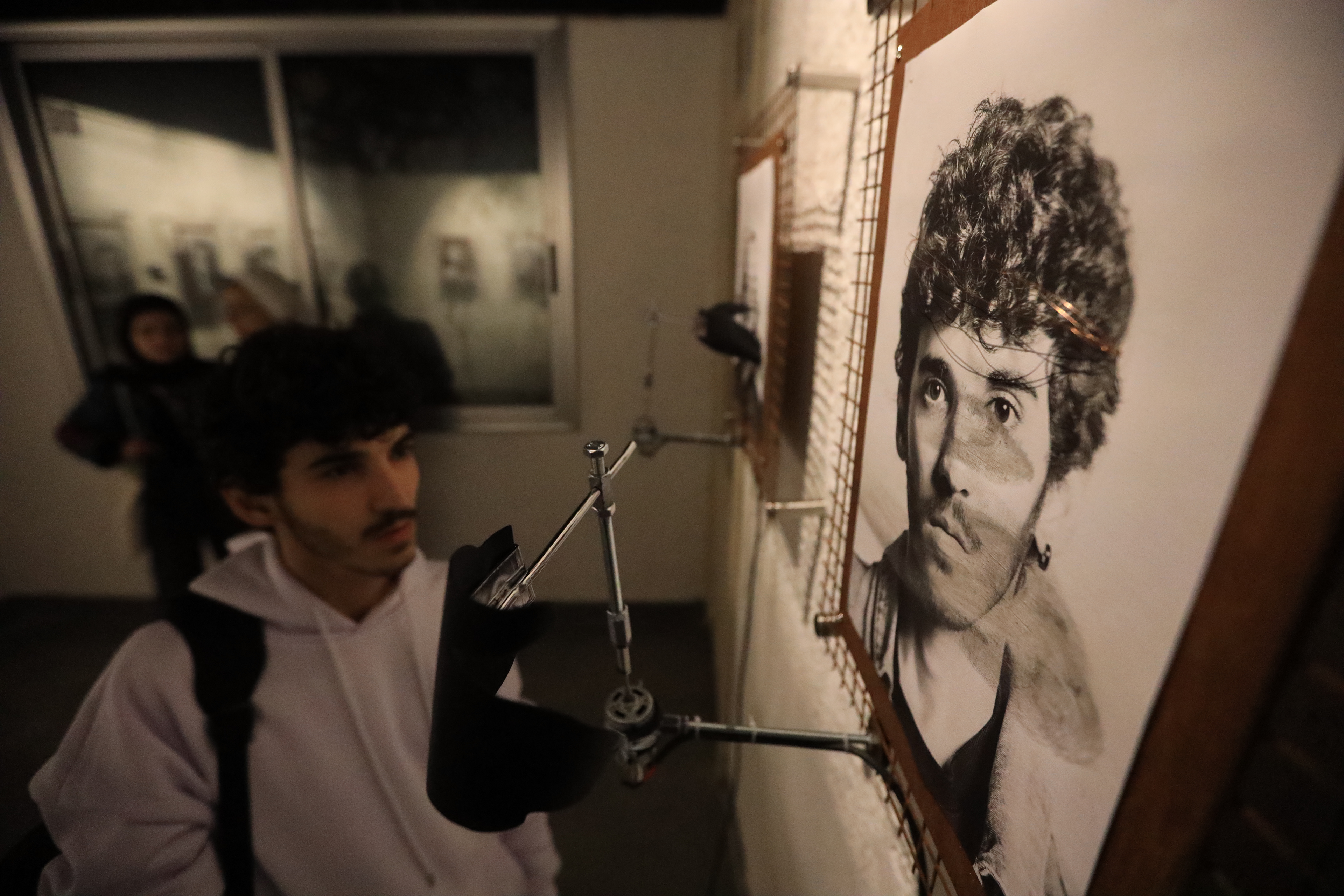
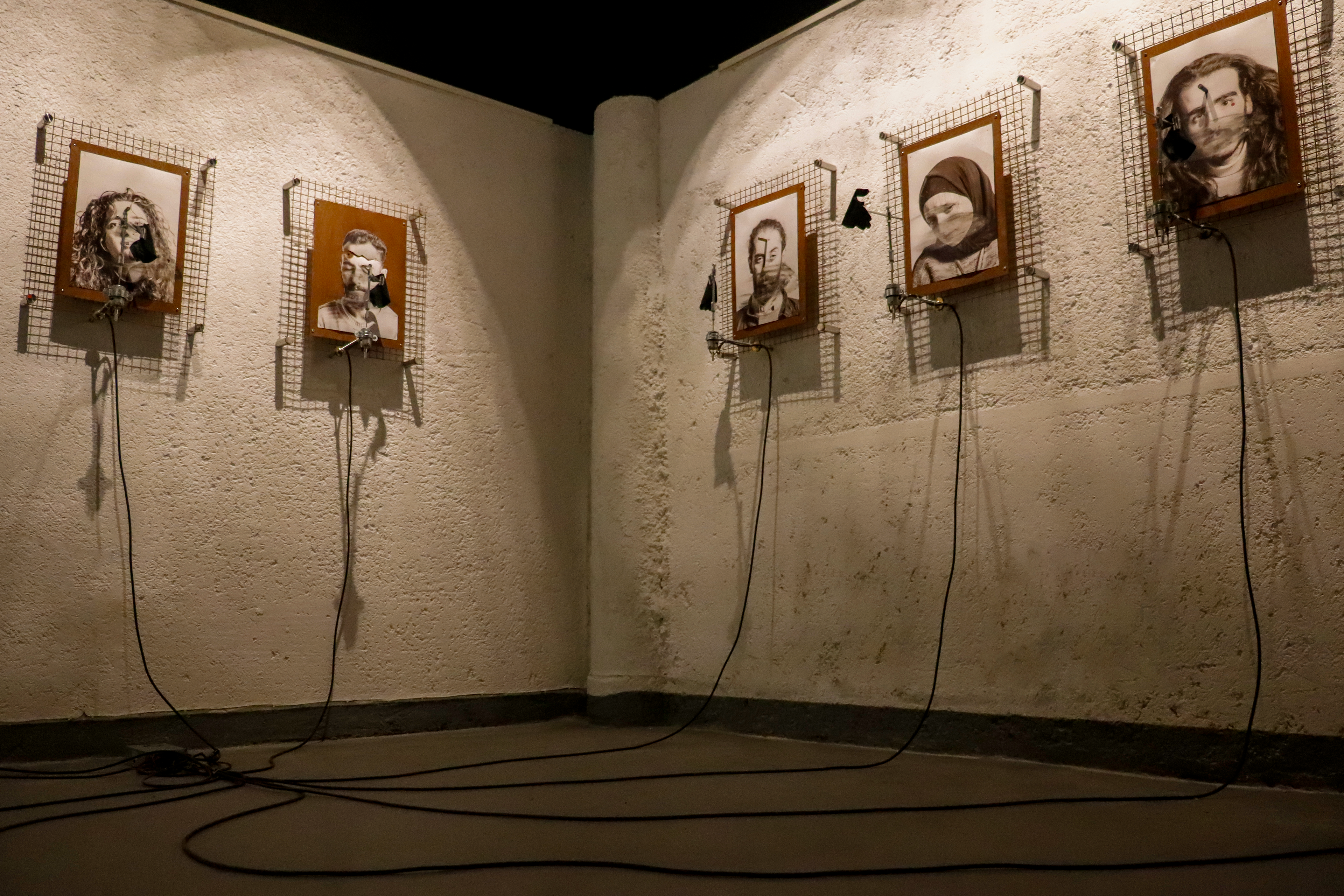
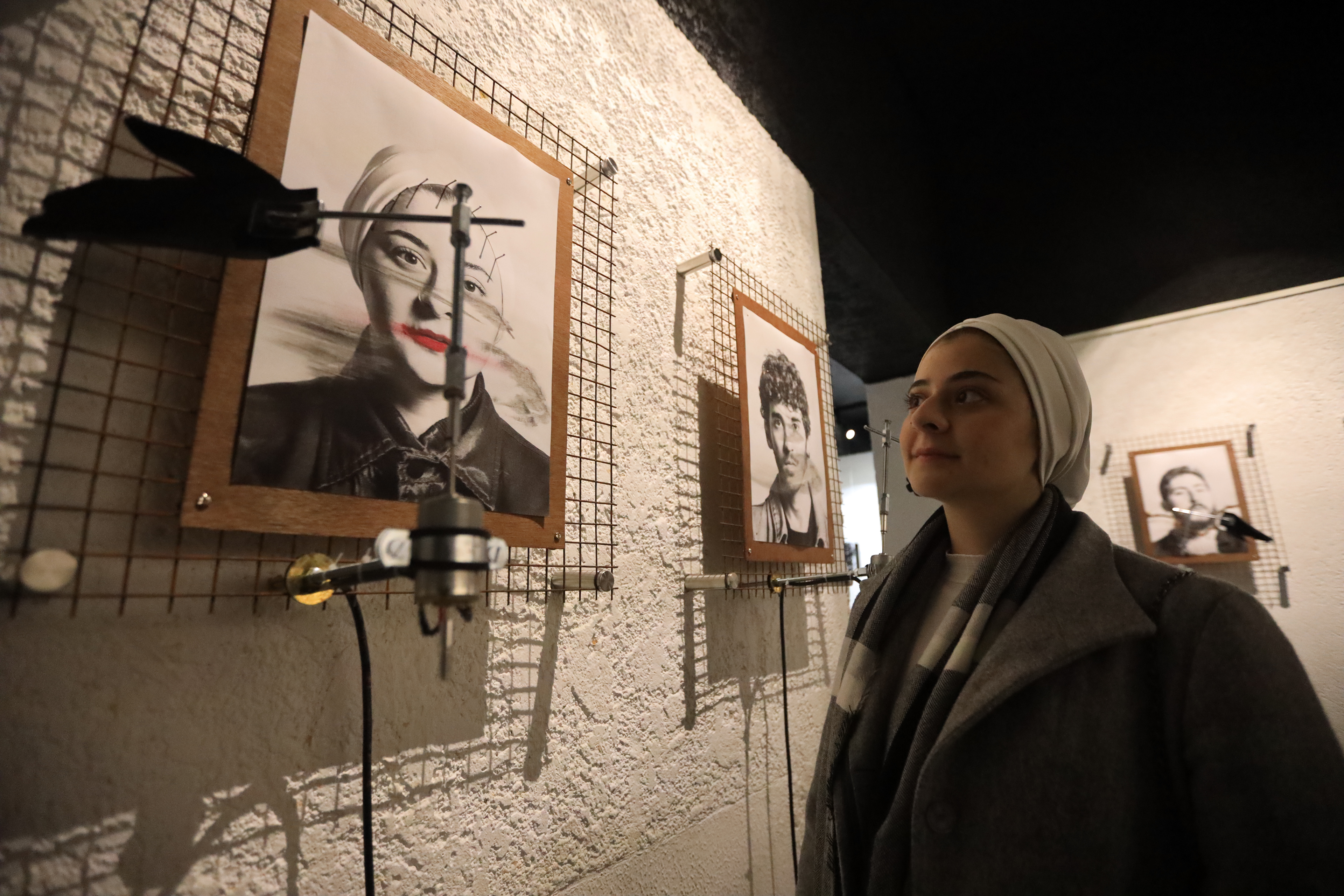
The installation breathes through repetition.
The sound becomes the room. The viewer becomes a witness. Then a participant. Then a mirror.
You remember your own slaps.
Not the physical ones. The invisible ones.
The words. The silence. The forgetting.
The sound becomes the room. The viewer becomes a witness. Then a participant. Then a mirror.
You remember your own slaps.
Not the physical ones. The invisible ones.
The words. The silence. The forgetting.
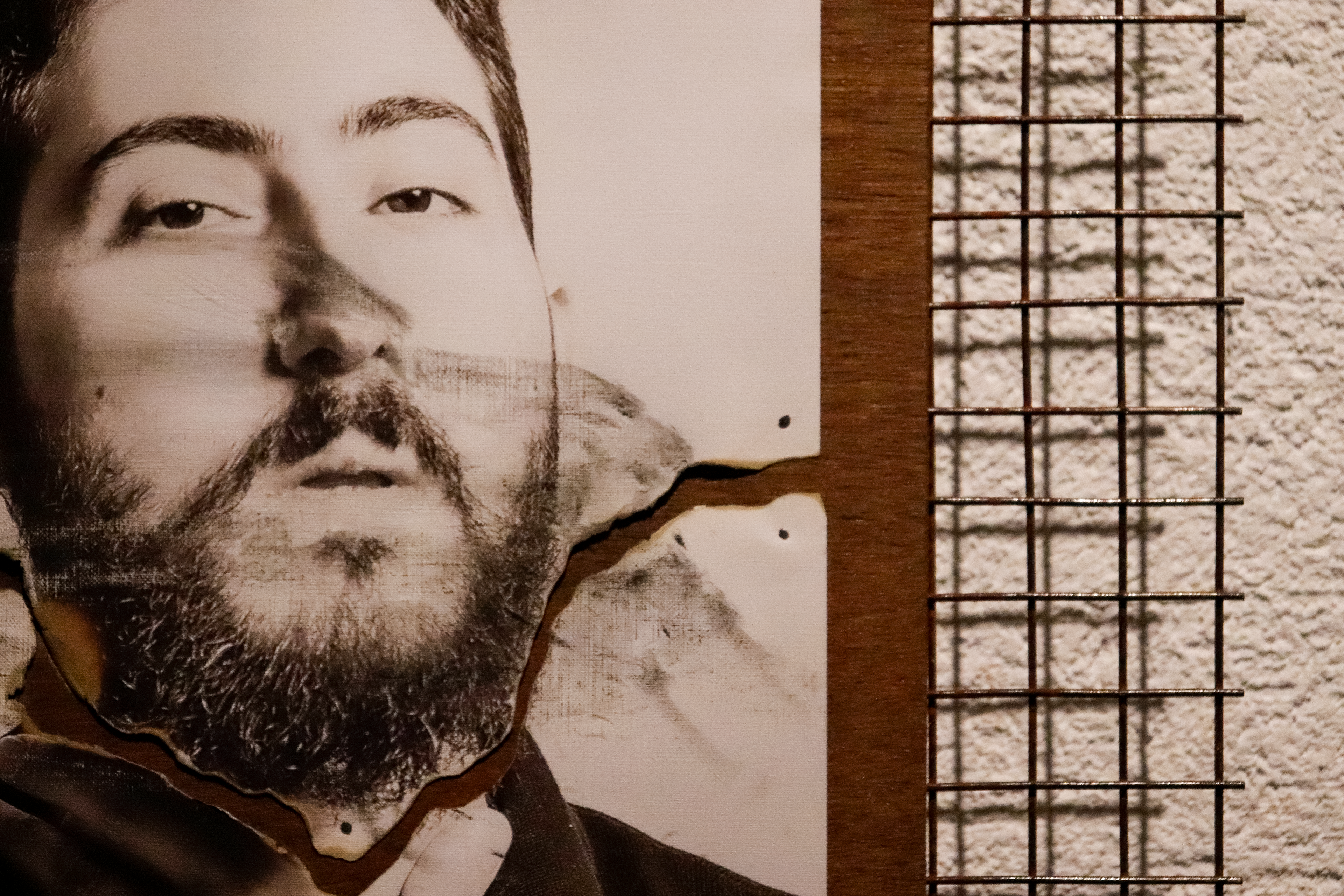

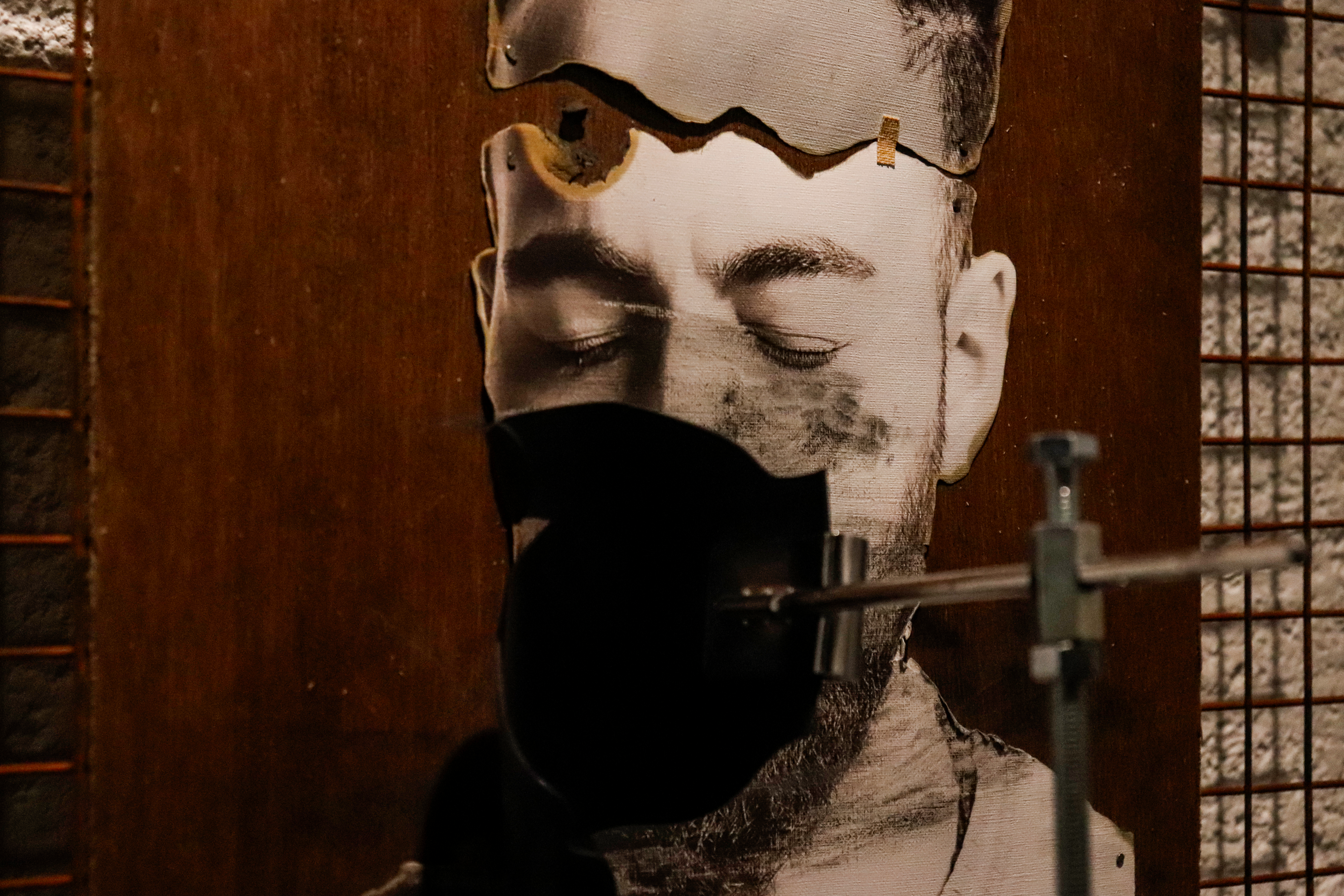
This work does not console. It disrupts.
It turns photography into a wound.
It turns portraiture into performance.
It refuses to let pain stay quiet.
It turns photography into a wound.
It turns portraiture into performance.
It refuses to let pain stay quiet.

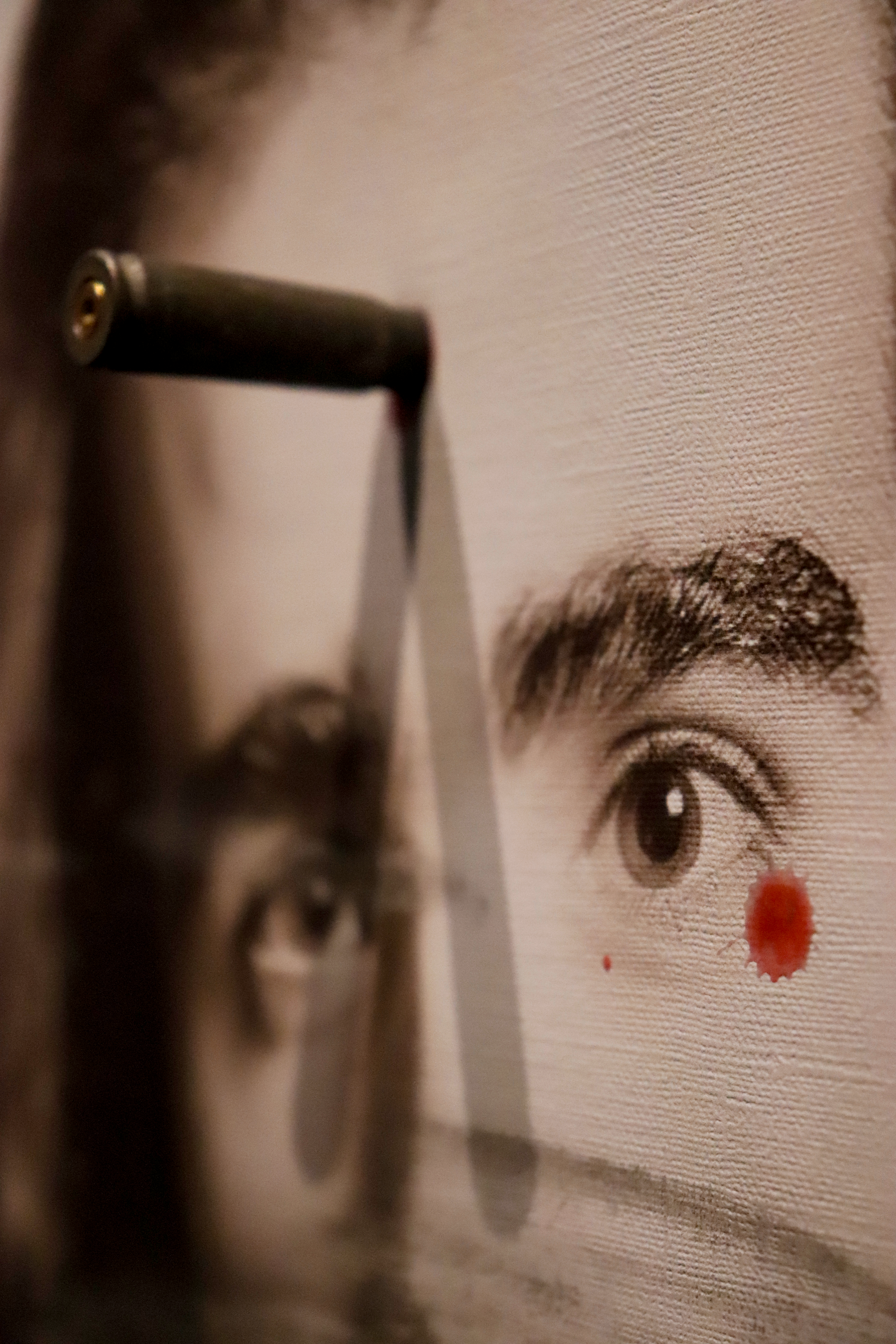

I Often Wish to Exi(s)t is not about death.
It is about what happens when we keep living with parts of ourselves missing.
It is about what happens when we keep living with parts of ourselves missing.